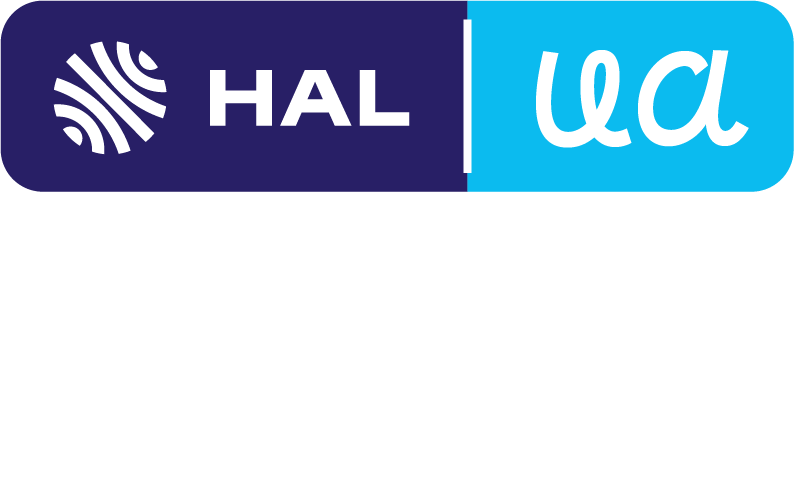Conducting chiral nickel( ii ) bis(dithiolene) complexes: structural and electron transport modulation with the charge and the number of stereogenic centres
Résumé
Nickel(II) bis(dithiolene) complexes can provide crystalline conducting materials either in their monoanionic or neutral forms. Here we show that the use of chiral dithiolene ligands with one or two stereogenic centres, together with variation of the counter-ion in the anionic complexes, represents a powerful strategy to modulate the conducting properties of such molecular materials. The chiral ligands 5-methyl-5,6-dihydro-1,4-dithiin-2,3-dithiolate (me-dddt) and 5,6-dimethyl-5,6-dihydro-1,4-dithiin-2,3-dithiolate (dm-dddt) have been generated from the thione precursors 1 and 2 which have been structurally and chiroptically characterized. Anionic Ni(II) complexes of these two ligands with tetrabutyl-ammonium (TBA) and tetramethyl-ammonium (TMA) have been prepared and structurally characterized, suggesting that it is the nature of the counter-ion which mostly influences the solid state organization of the complexes. Both TBA and TMA radical anion salts are Mott insulators with antiferromagnetic ground state, as suggested by spin polarized DFT band structure calculations. However, the TMA salts are one order of magnitude more conducting than the TBA counterparts. The neutral materials [Ni(me-dddt)2] and [Ni(dm-dddt)2] are direct band gap semiconductors, as determined by DFT and extended Hückel band structure calculations, with their conductivity drastically increased up to 0.05–3.3 S cm−1 under the highest applied pressures of 10–11 GPa. At equivalent applied pressures the dm-dddt materials are more conducting than the me-dddt ones, in agreement with the lower calculated activation energy and larger bands dispersion for the former. This trend follows the structural change when going from one to two methyl substituents, since the packing and intermolecular interactions are completely different between [Ni(dm-dddt)2] and [Ni(me-dddt)2], the packing of the latter being related to the one of the achiral parent [Ni(dddt)2]. Subtle differences of conductivity are also observed within both series of neutral complexes between the enantiopure and racemic forms. This represents the first series of chiral nickel bis(dithiolene) complexes which shows modulation of the conducting properties with the number of stereogenic centres, the conductivity, measured on single crystals, strongly increasing upon applying hydrostatic pressure.
Domaines
Chimie| Origine | Fichiers produits par l'(les) auteur(s) |
|---|
